A finely decorated and painted pot-pourri vase of unknown age which I have always enjoyed and which I was left by my father.
Vraag
Is this vase hand-painted? (The scenes are exceptionally lovely).
What is your opinion of the likely age and maker?
(To the rank amateur there appear to be a number of potential ‘AK’s from a number of periods.)
Is it pretending or is it the genuinely lovely piece that I have always loved.
Afmetingen
Height: 28 cm
Width of body: 11.5 cm
Width of body: 11.5 cm
Collectie
publiekscollectie
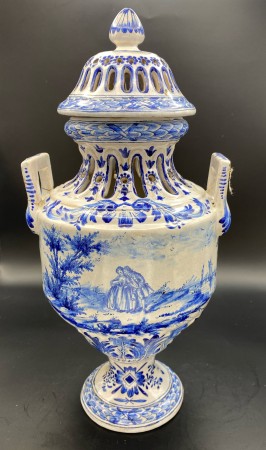
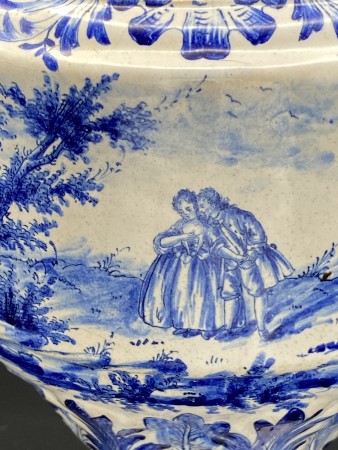
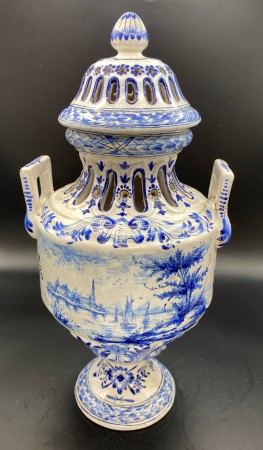
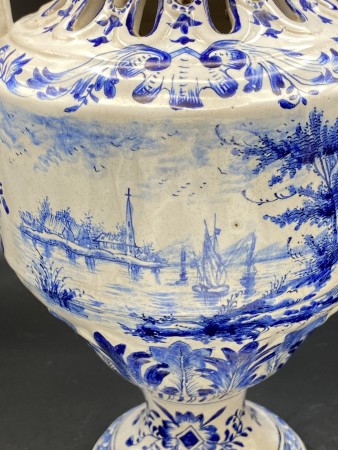
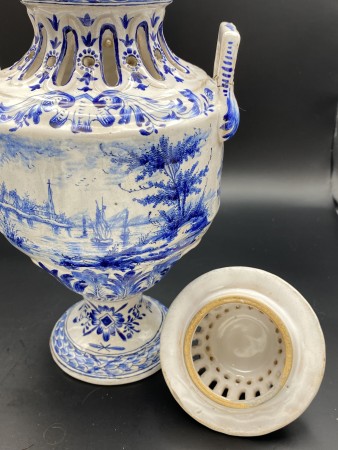
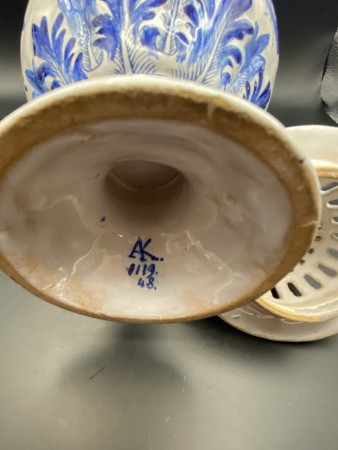
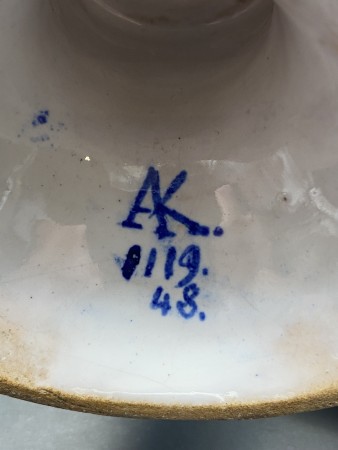
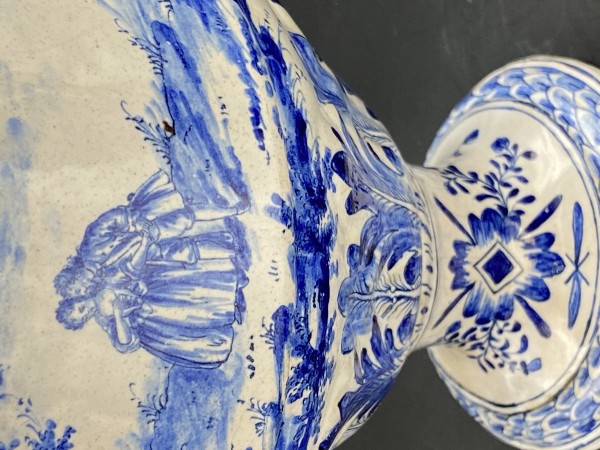










Reacties 3
Hello,
The vase is hand painted but not in Delft I’m afraid. It’s pretending to be from Adrianus Kocx from the Greek A factory but the mark is fake. It’s probably made in France in the late 19th or early 20th century.
Kind regards, Patrick
I fully agree with Patrick,
I'm thinking more of a French copy given the scene, which seems to me to be French costume from the 18th century. Potpourri is also originally French. The brand doesn't seem right to me either, as well as the thickness of the pottery. Nevertheless, it is indeed a nice item, probably at the end of the 19th - beginning of the 20th century.
ik denk eerder aan een Franse kopie gezien het tafereel wat mij Franse klederdracht lijkt uit de 18de eeuw. Ook potpourri is van origine Frans. Het merk lijkt mij ook niet te kloppen alsook de dikte van het aardewerk. nietemin inderdaad wel een mooi item vermoedelijk eind 19de - begin 20ste eeuw.
kind regards Franky
Beoordeling:
Toelichting:
I agree with both gentlemen that this vase is most likely French. I would date it in the 20th century. The decoration with the bowed tree and the romantic pair is often seen on copies.
Reactie toevoegen
Alleen ingelogde gebruikers kunnen reacties plaatsen
Login of registreer om te reageren